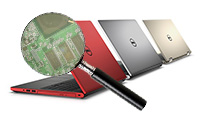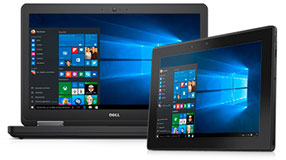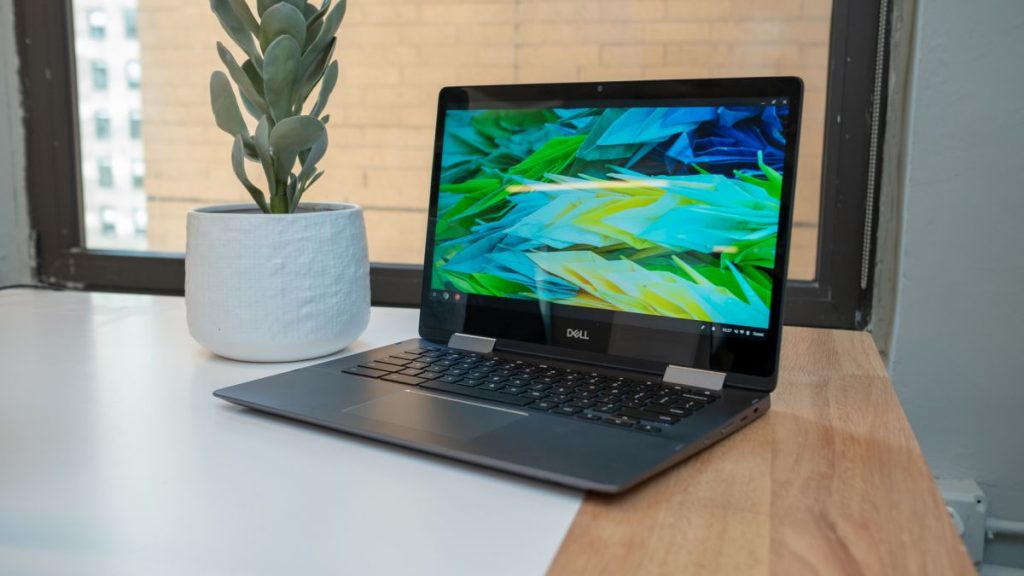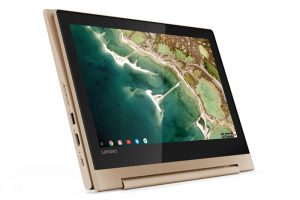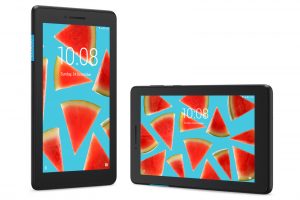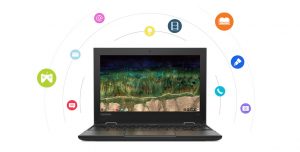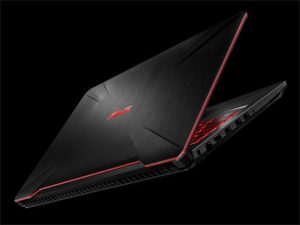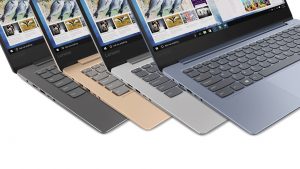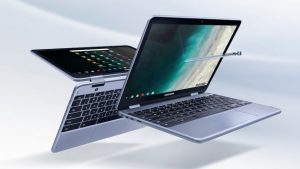

So, as researchers have been seriously considering zinc as a power supply, there have reasons stalling this venture along the way. You see, as an element commonly used in single-use batteries, but never a good option for rechargeables, here's why. Zinc anodes, which bind together by particles of zinc powder, have multiple charging cycles and recharging cycles, which means a zinc oxide coating forms. This type of less-conductive formation means some of the zinc begins to disburse. Another thing that occurs is a branching of zinc needles, which grow from the uneven elemental charge. As a result, said needles start to pierce the thin wall separating anodes from cathodes, short-circuiting the battery. Hence, researchers have been working on a way to put together the zinc anode differently so that this does not occur anymore.
Rather than catching fire, here we are with the issue of short-circuiting zinc-made batteries. However, a breakthrough has occurred, and multiple entities have conjoined to work on problem solving. Via the US Naval Research Laboratory and its researchers (which do not only include the Navy, but the airline industry and Samsung as other researchers), there is a new found way to allow for safe and rechargeable nickel-zinc batteries, minus all the conductive dendrites that form causing the short-circuiting scare. So this is good news; hence the NRL says their research is complete, and a specially designed “3D sponge” accessory should be deployed into the entire family of zinc, on its anode, to distribute currents in more uniform manners (how the dendrite formations are prevented), making the extension of its use ready for military and civilian applications.
We may even see these used in hybrid or electric vehicles, as the zinc battery would allow the vehicles to stretch their driving range longer than before. Although the researchers say this new technology is “ready”, we're actually looking at the end of 2019 as the estimated time of arrival for this relevant and energy-efficient alternative. From anything from portable and wearable power, vehicles, and other uses, this type of lithium-ion replacement will be recognized for replacing any worry related to safety hazards, all the while using earth-abundant materials, rather than taking more than we should from our supply. "Important, very important", as stated by Dr. Jeffrey Long from the NRL.

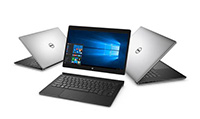 Laptop & Tablet Parts
Laptop & Tablet Parts